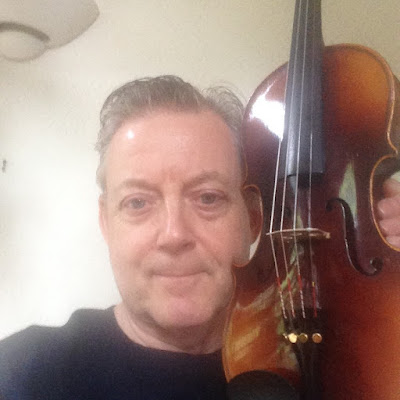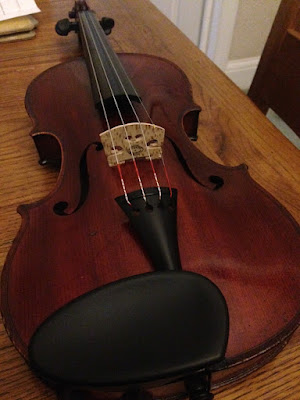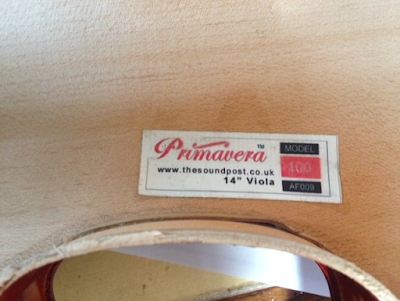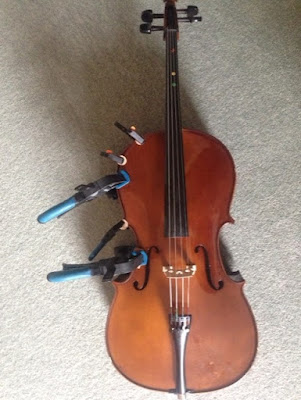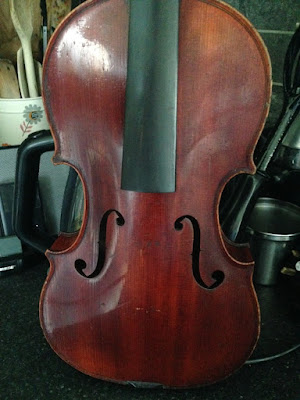A JTL full size and a JTL 3/4 size No.3 Violin
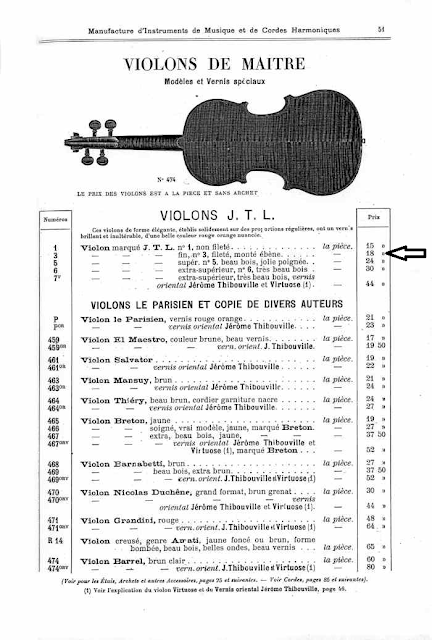
I think I have finally solved the mystery of why a JTL 3/4 size I bought today has no name in it - only the JTL brand on the top block (viewed through end pin hole) and 2 square JTL logo labels. It looks like some of them had no name - only the logo brand and a number: http://www.luthiers-mirecourt.com/thibouville1901_1.htm The full size JTL I have just bought to restore also has a number 3 branded inside the pegbox. These numbered but not named violins were classed by JTL as "master violins" They had purfling and sold for more than the much sought after today Medio Fino violins, all of which have no purfling. Moreover, they were more expensive than some lower priced named models such as the Compagnon, and fractionally less than the very highly regarded basic Bretton violin model. Interestingly, the Medio Fino models that were sold by JTL as perfectly acceptable practice instruments for students but were sold as having some irregularities and no purfling. T...
